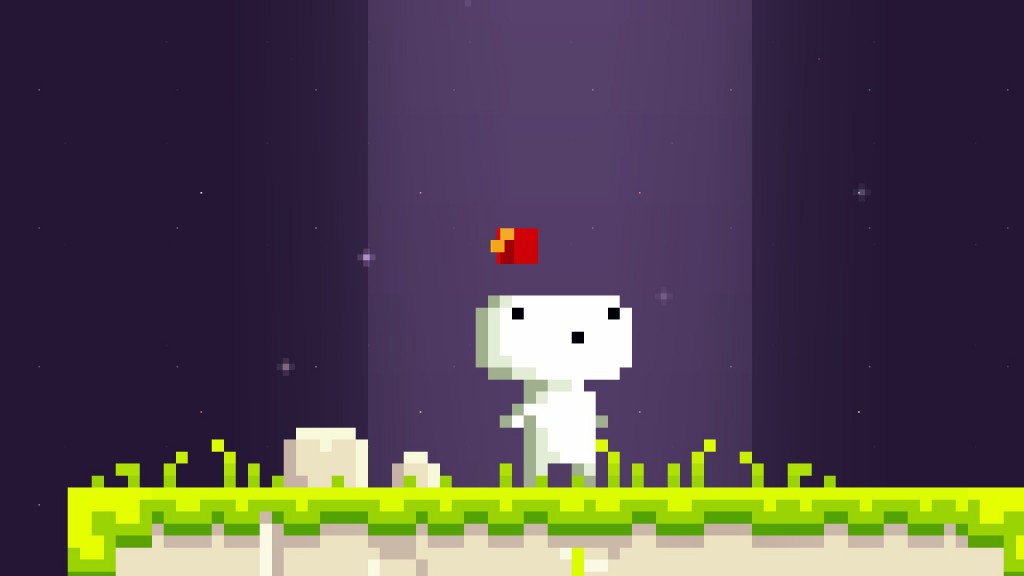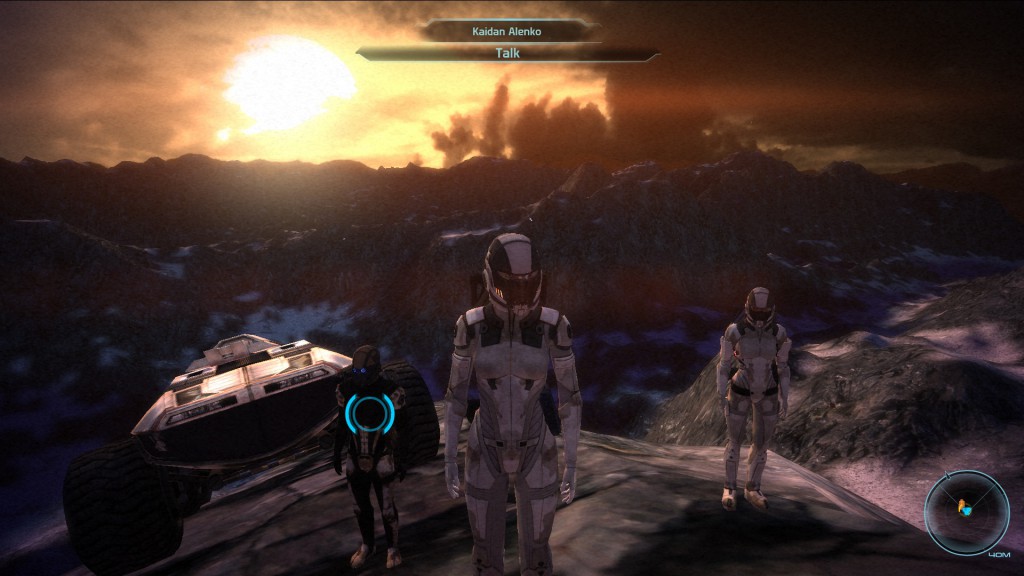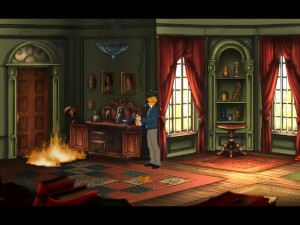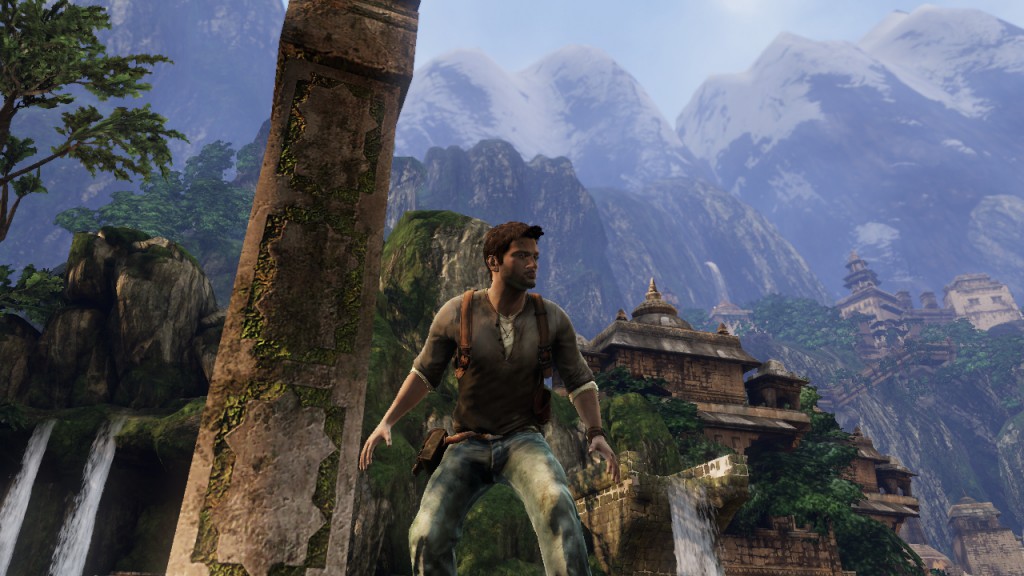Gomez lever ett lugnt och behagligt liv i en trevlig två-dimensionell by högt uppe i skyn. En morgon när kliver ut ur sitt lilla krypin så finner han i brevlådan att han har ett brev som väntar på honom. Det är ingen annan än Geezer, som håller till högst uppe i den lilla byn, som har skickat brevet. Han vill att Gomez ska komma upp till honom och hälsa på eftersom det är en mycket speciell dag idag. Äventyret väntar! Uppe på byns högsta punkt får Gomez en uppenbarelse där han varseblir en gigantisk kub i skyn, vilket måste vara en synnerligen förbryllande tre-dimensionell upplevelse för en enkel två-dimensionell själ. I samma veva begåvas han med en fez att förgylla huvudet med, och med vars hjälp han kan få nya perpektiv på världen: den kan ju studeras från inte mindre än fyra olika synvinklar. Tyvärr går något oerhört snett så att jättekuben havererar, men nu kan Gomez bege sig ut i världen för att med hjälp av sin magiska fez klara skivan.
FEZ är ett riktigt klurigt spel, betydligt klurigare än vad man kanske tror till att börja med. Det som verkar vara ett enkelt färgglatt plattformsspel med en bildvridningsgimmick visar sig innehålla en stor mängd småmysterier, koder, ledtrådar och märkliga abstrakta men betydelsefulla symboler. Papper och penna, och mycket klurande, behövs för att klara av de flesta problem man ställs inför.
Trots att jag anser mig själv vara duktig på problemlösning så fanns det ett par mysterier i FEZ som var lite för långsökta för att jag skulle klara av dem. Ett av dem verkar det som om ingen har löst på något annat sätt än genom att pröva sig fram med stort tålamod, i alla fall enligt de internetsökningar jag gjort. Det anser jag vara en god nivå på svårigheterna, även om det känns som att slå huvudet tålmodigt i väggen emellanåt. Trots att jag anser mig själv vara en usel plattformsspelare klarade jag av alla sådana moment i spelet utan alltför mycket bekymmer, förutom ett rum med stigande lava där det kändes som om styrningen med tangentbordet inte riktigt flöt på som det skulle. Spelet skulle förmodligen kännas smidigare att spela med en ordentlig spelkontroll.
Jag skulle också vilja leva som Gomez i en färgrann, och måhända något kantig, värld bärandes en magisk fez på huvudet och alltid redo att lösa nya problem. Tyvärr fungerar inte verkligheten på det sättet. Man får i alla fall vara glad att det finns spel som fungerar så.





